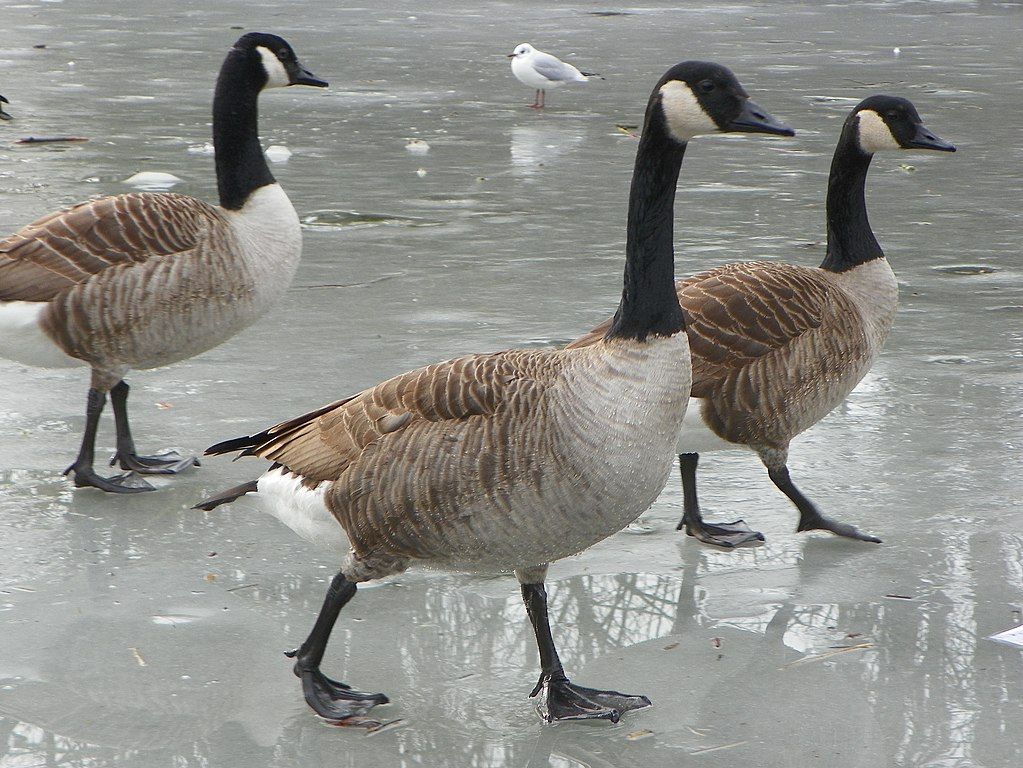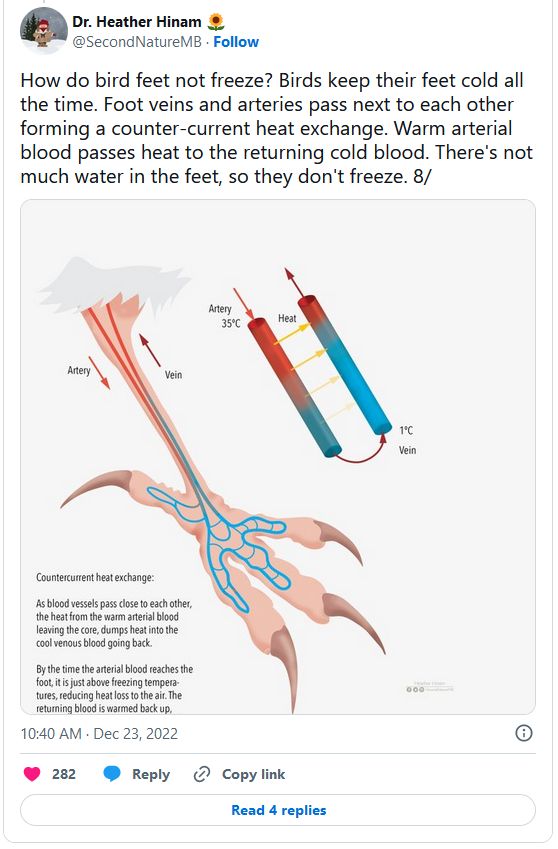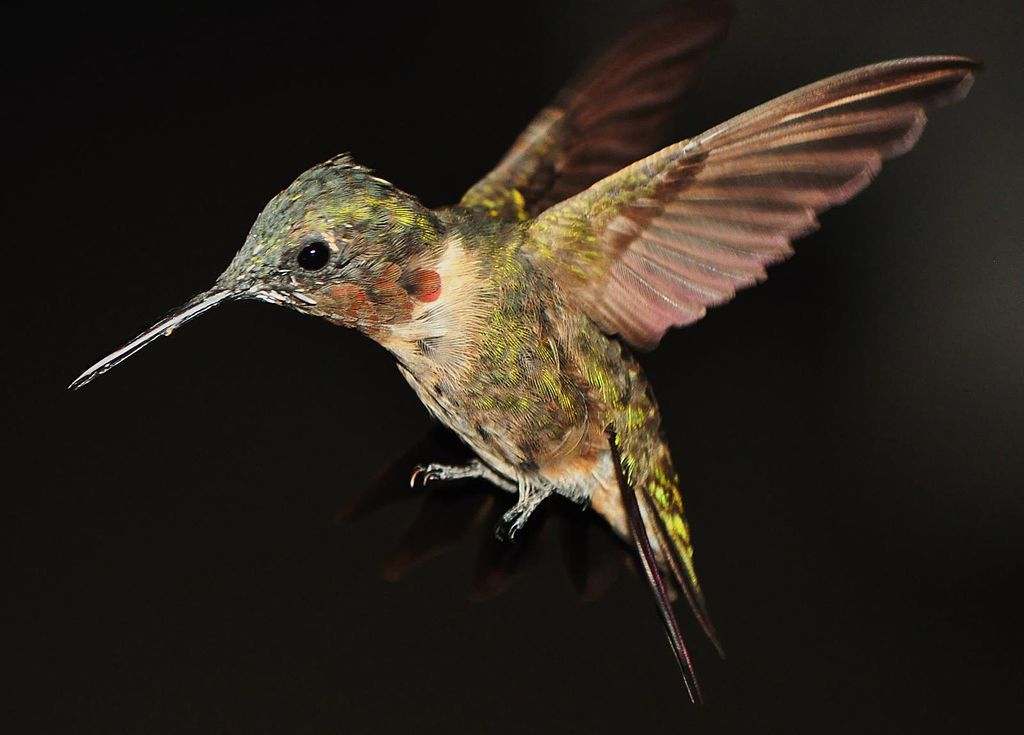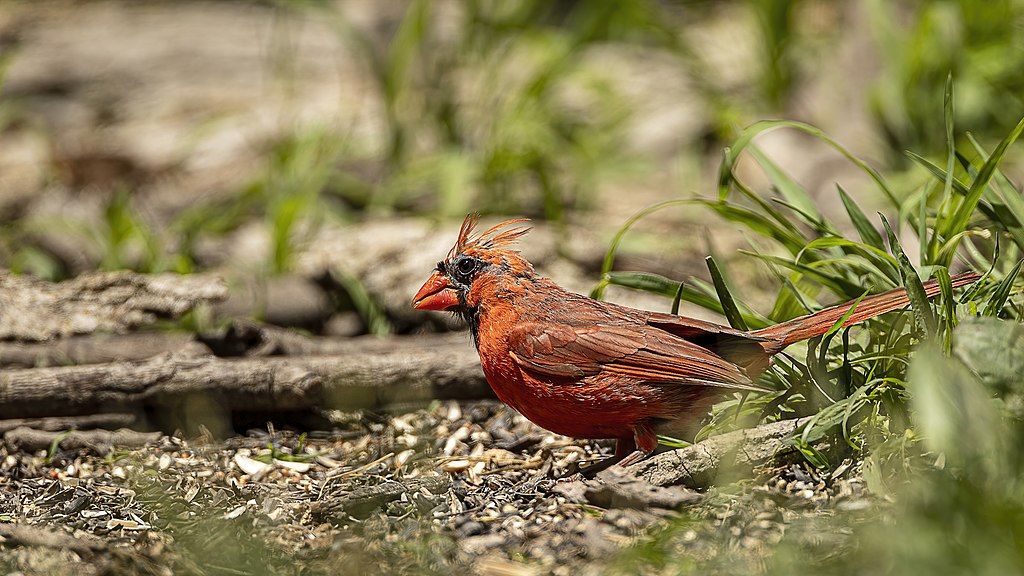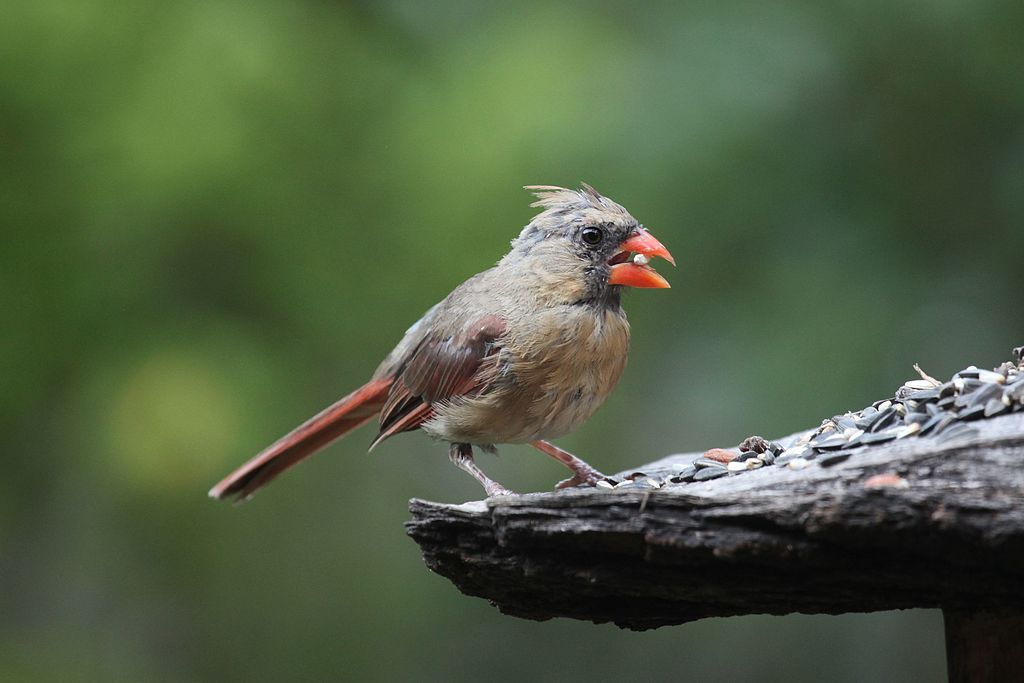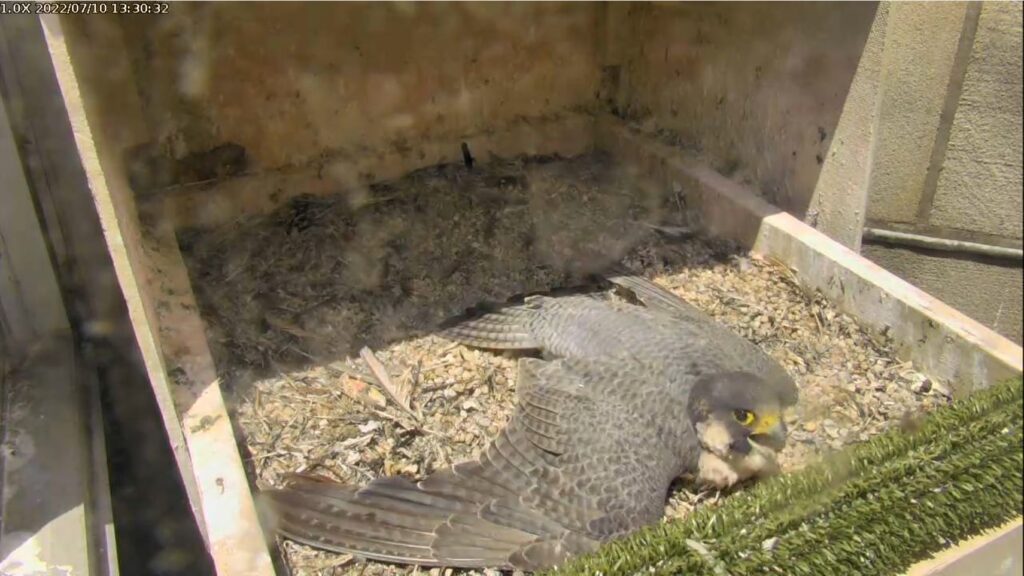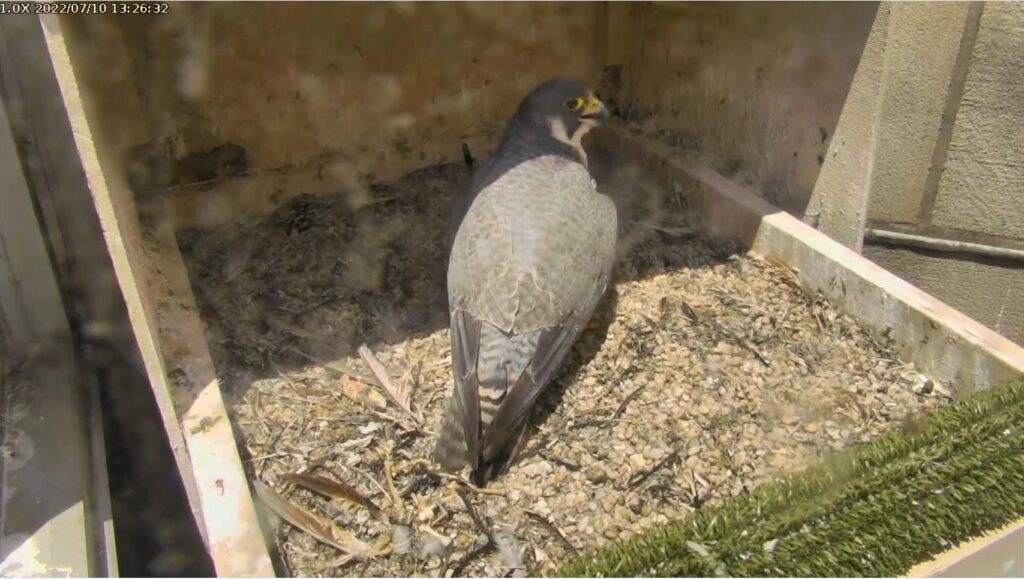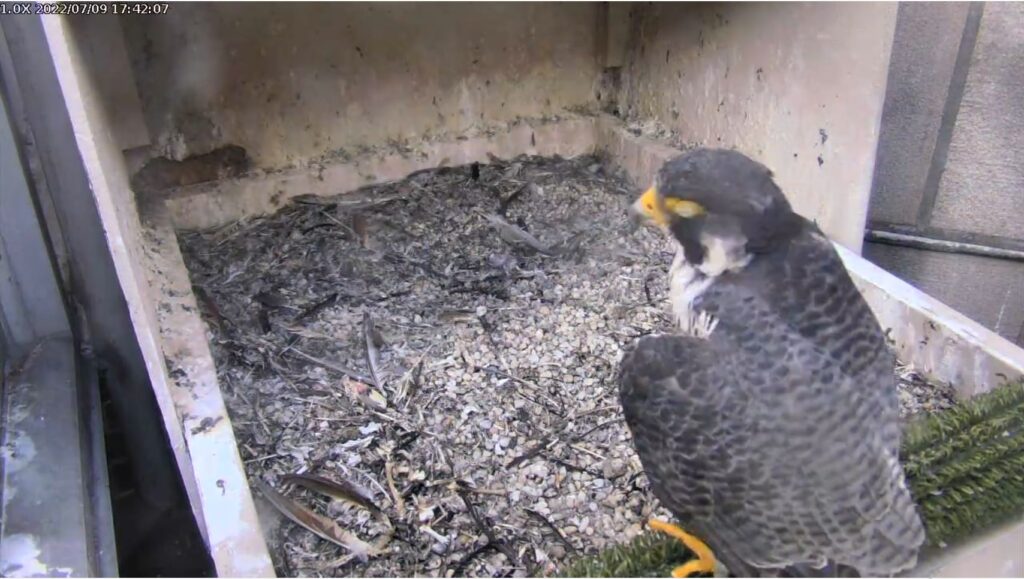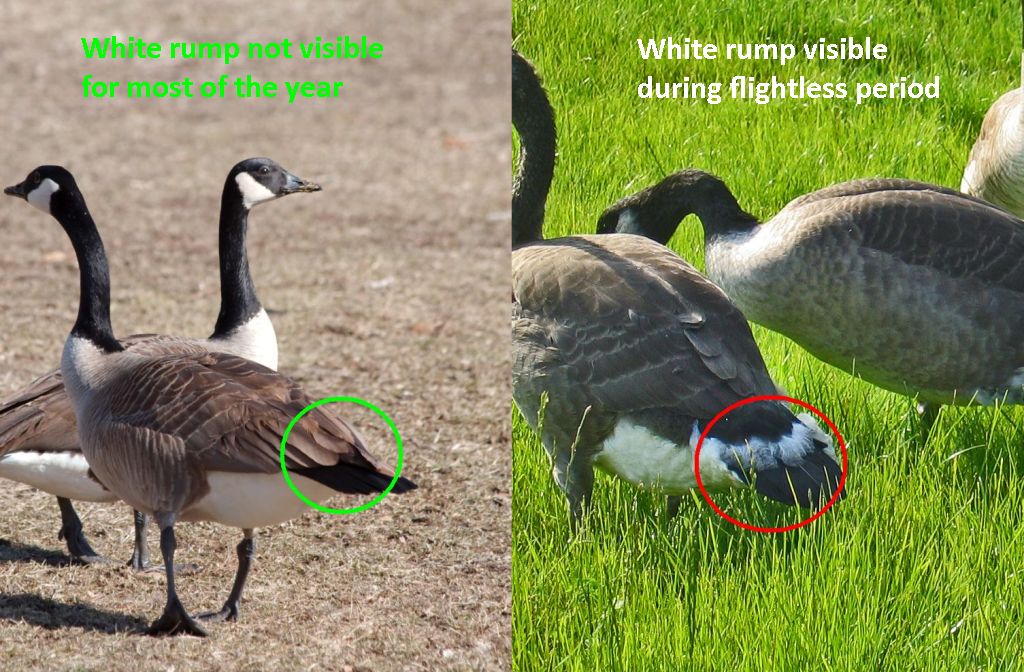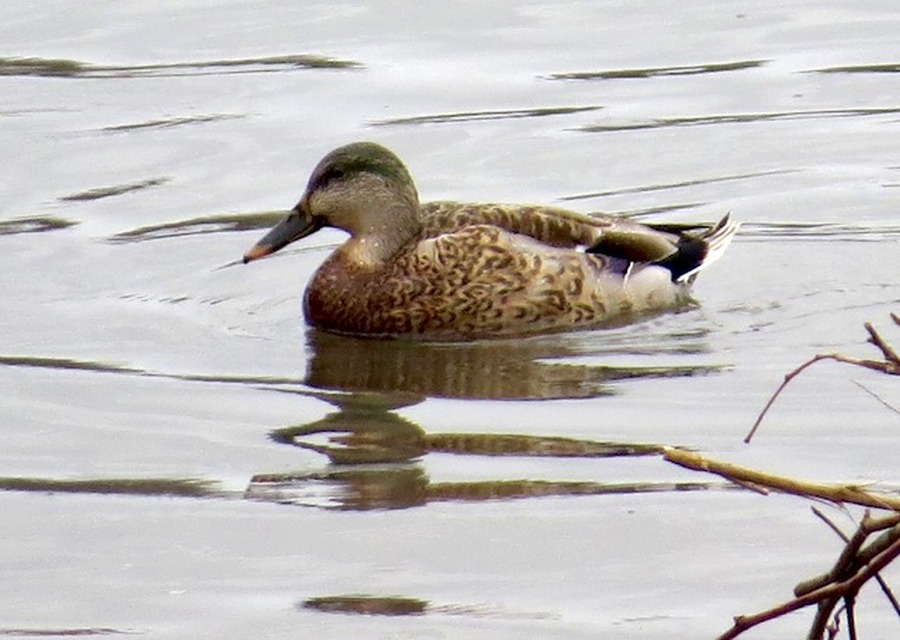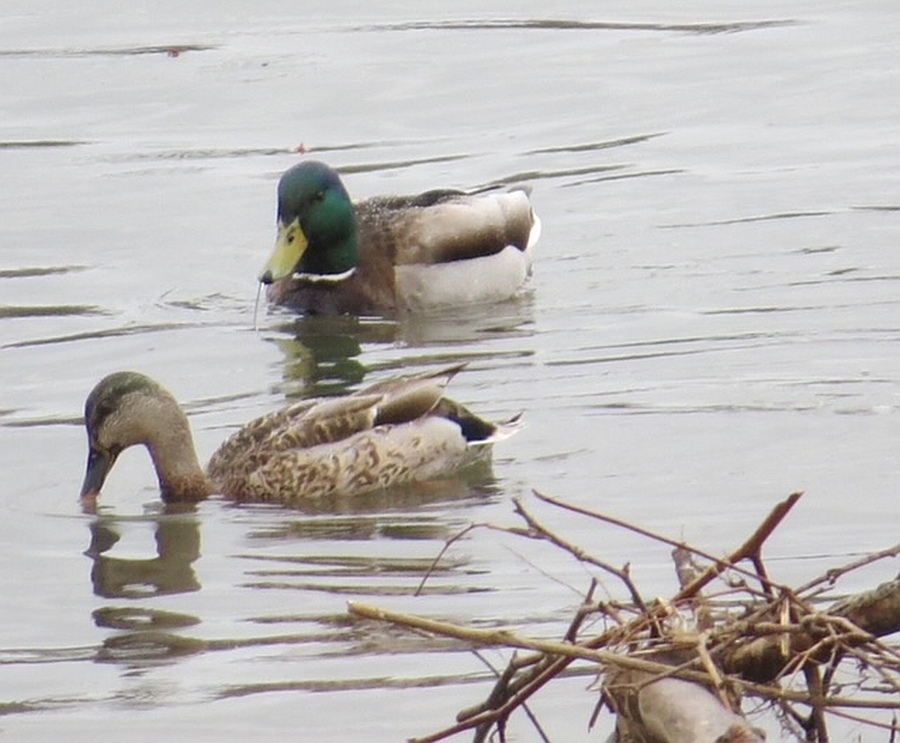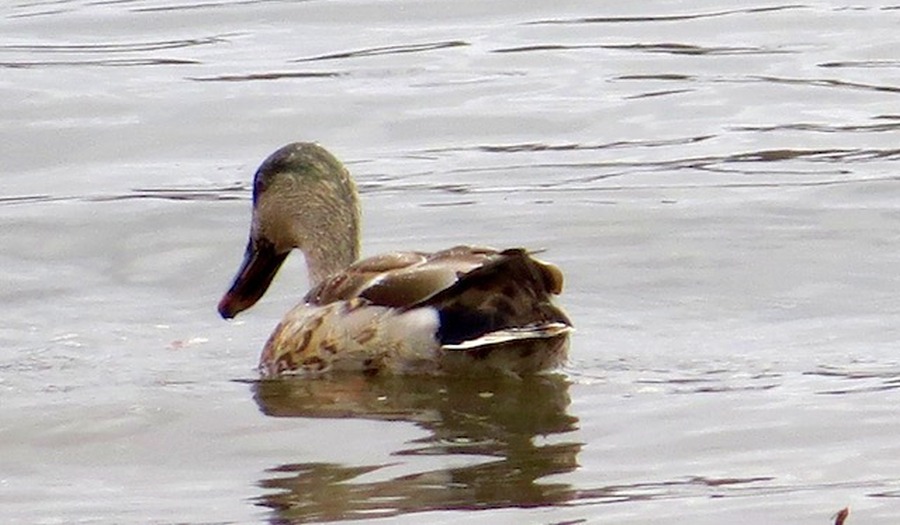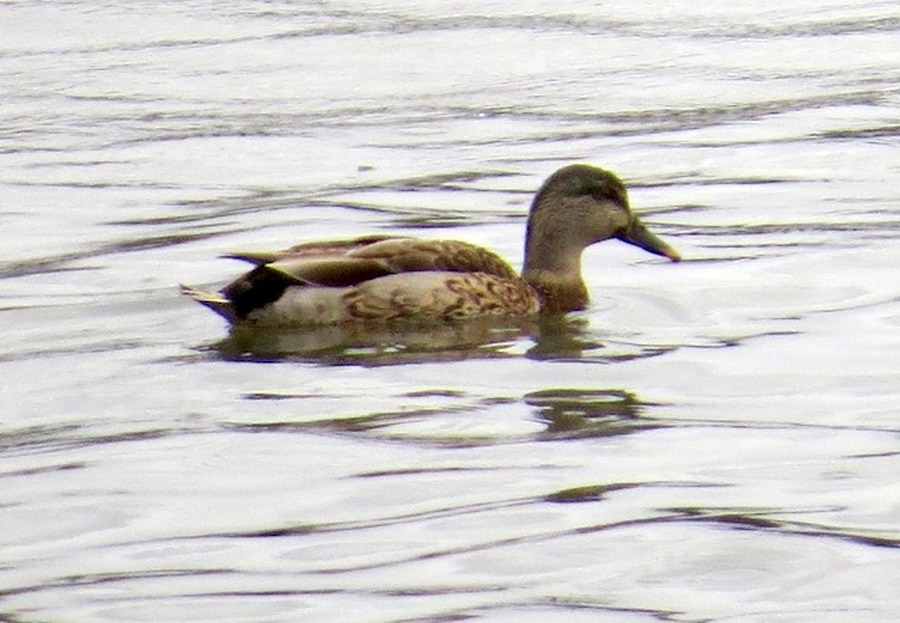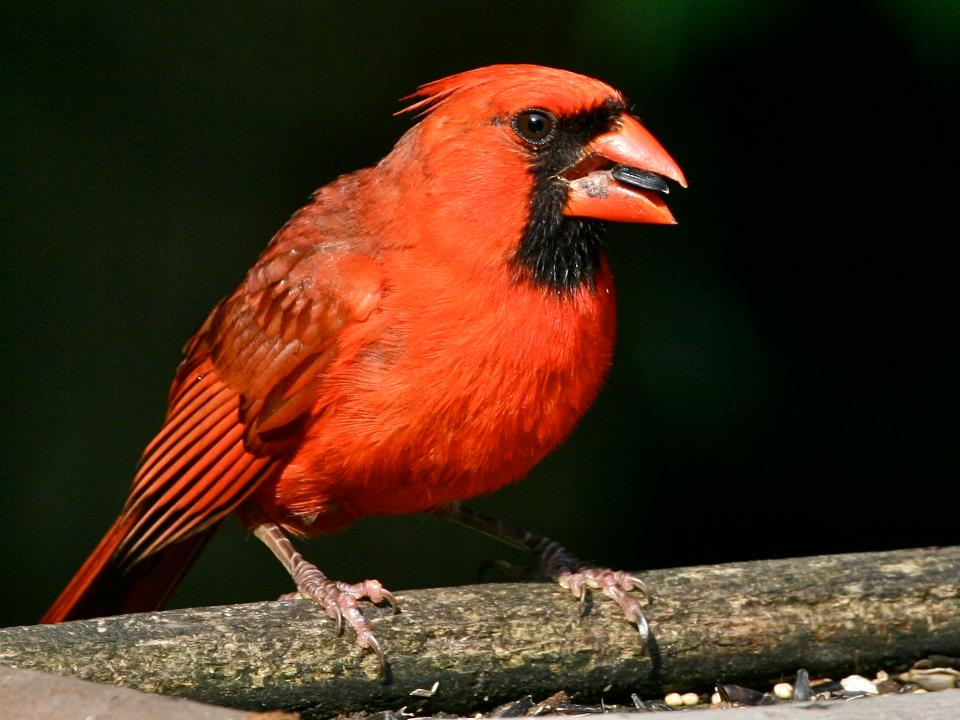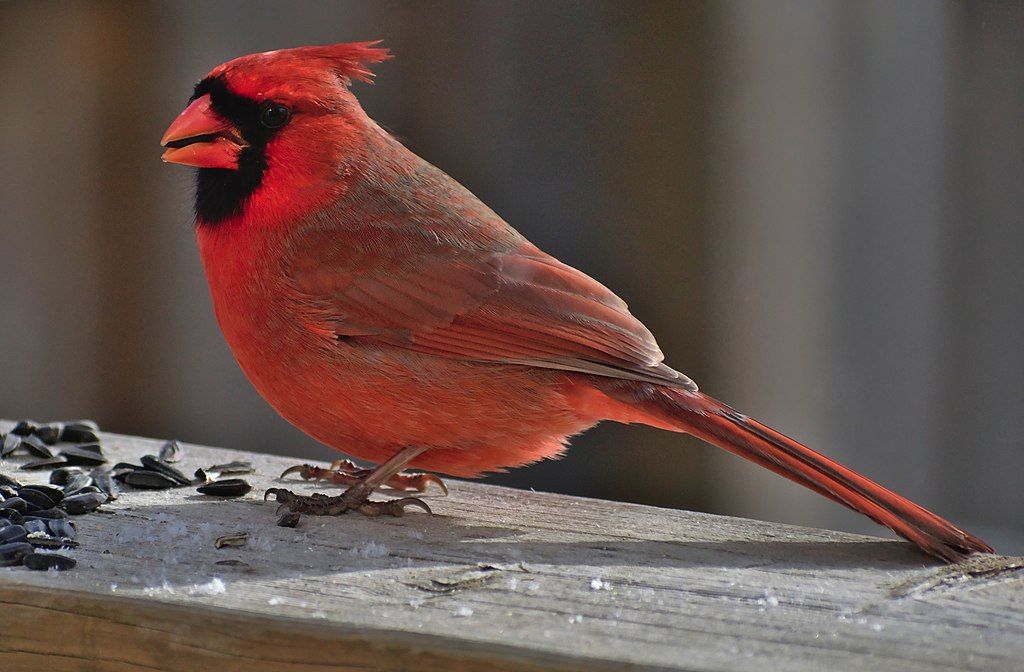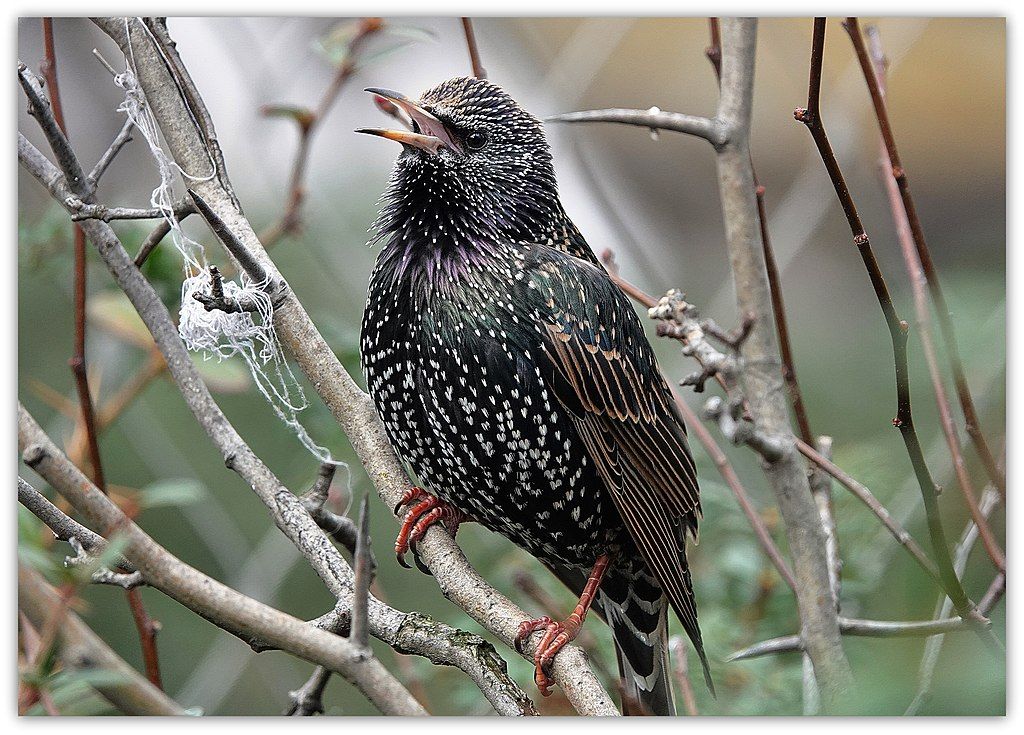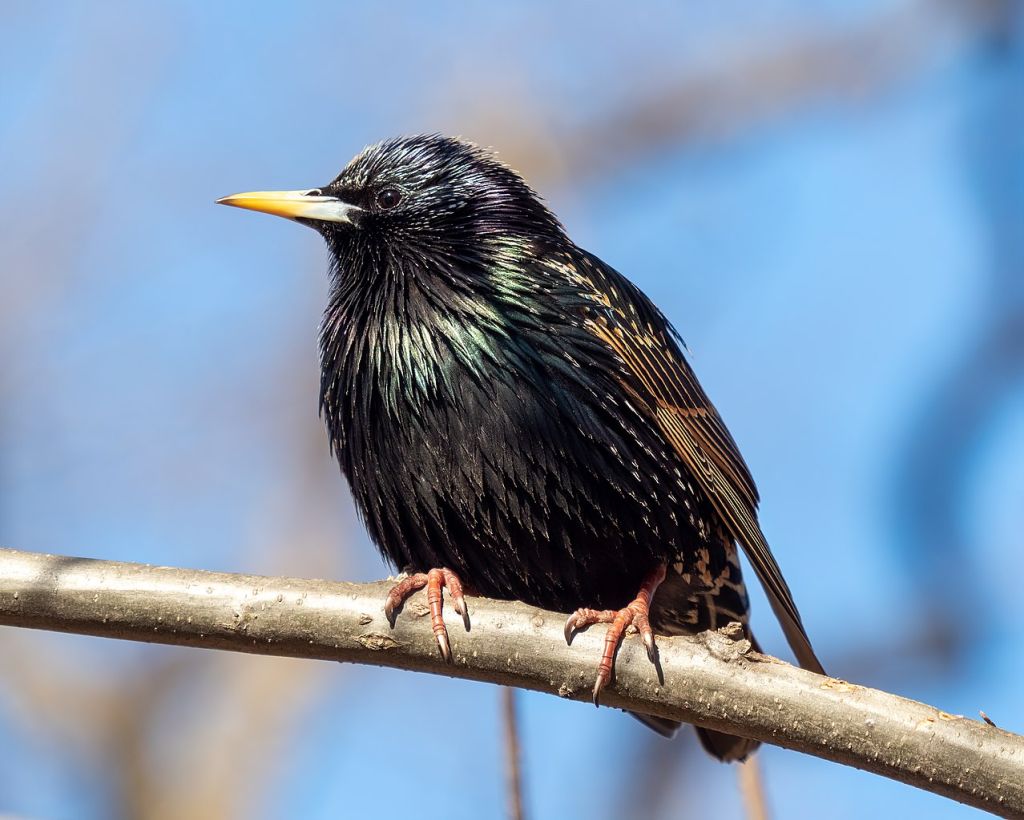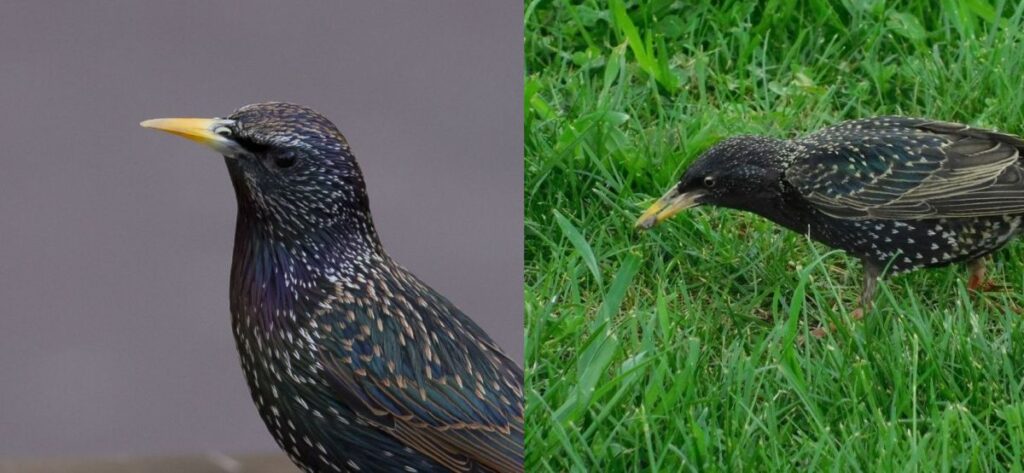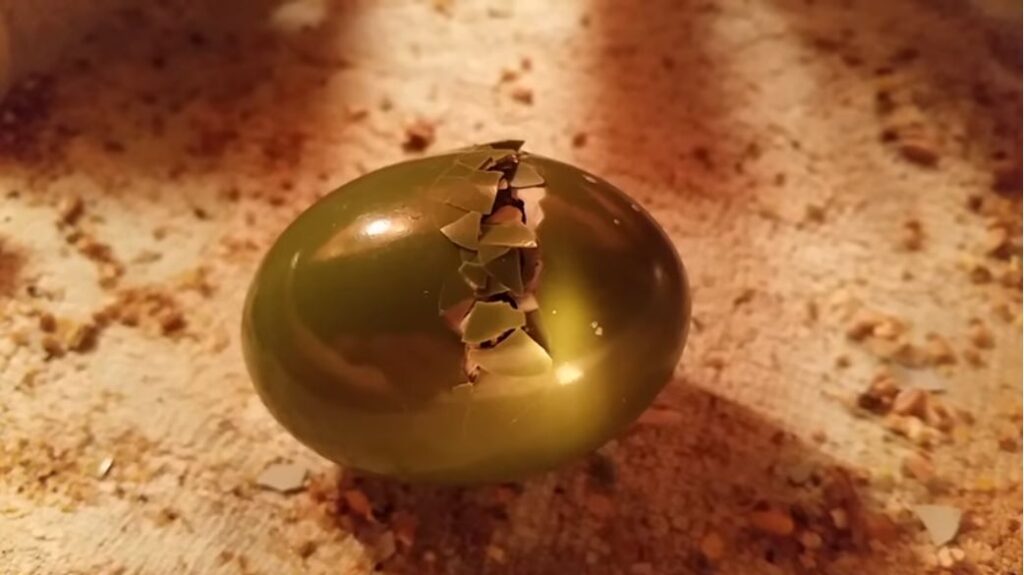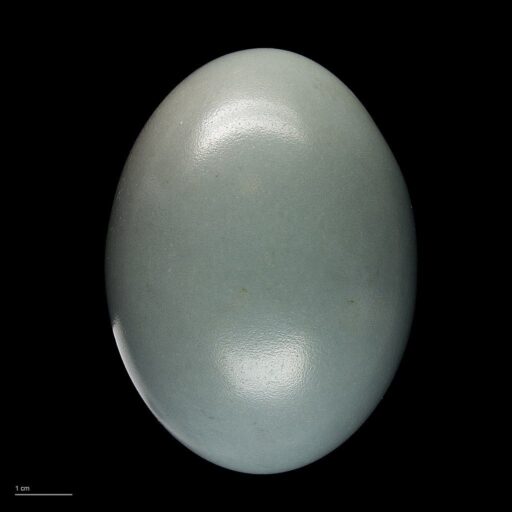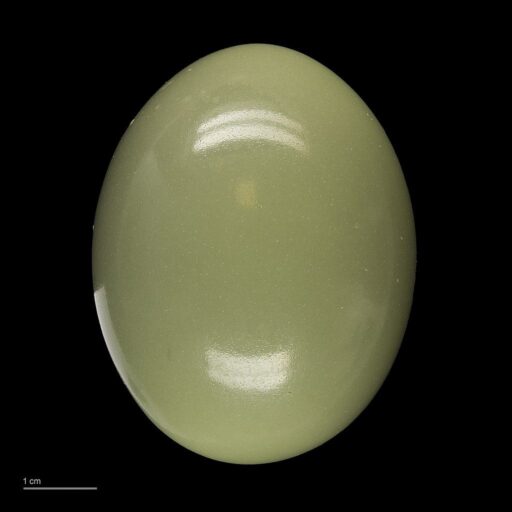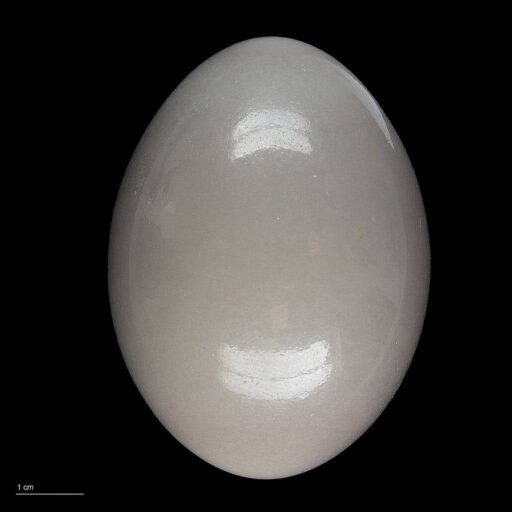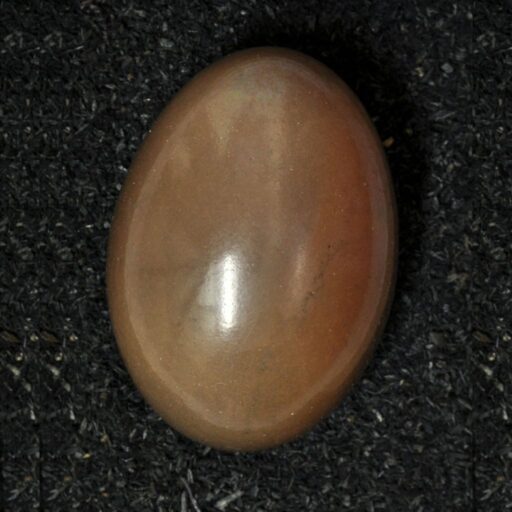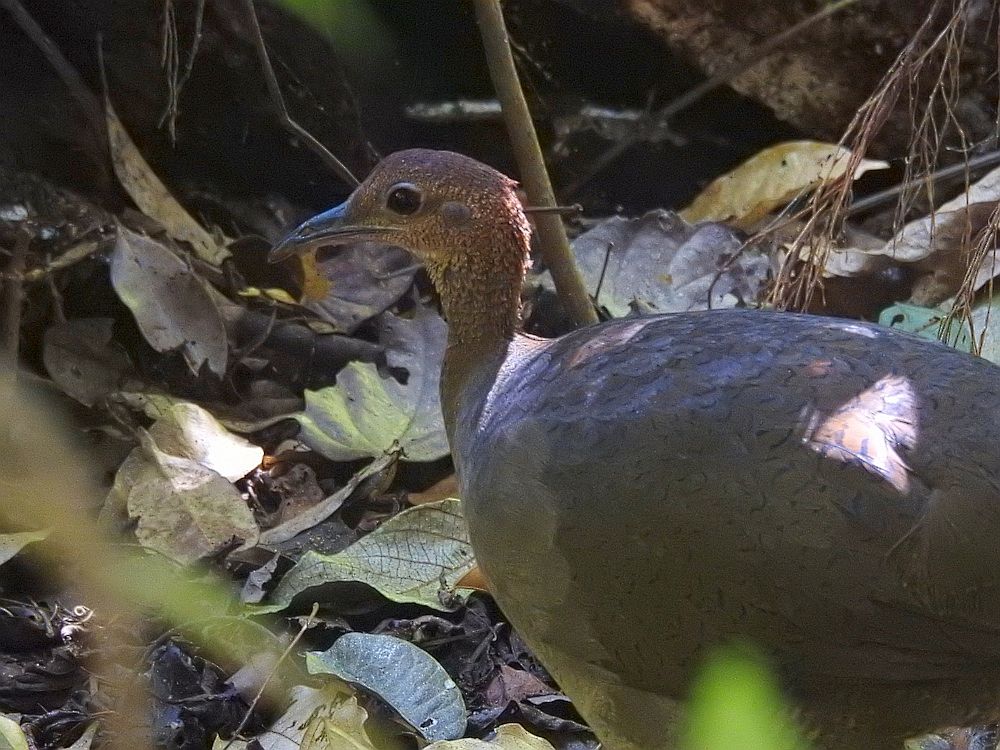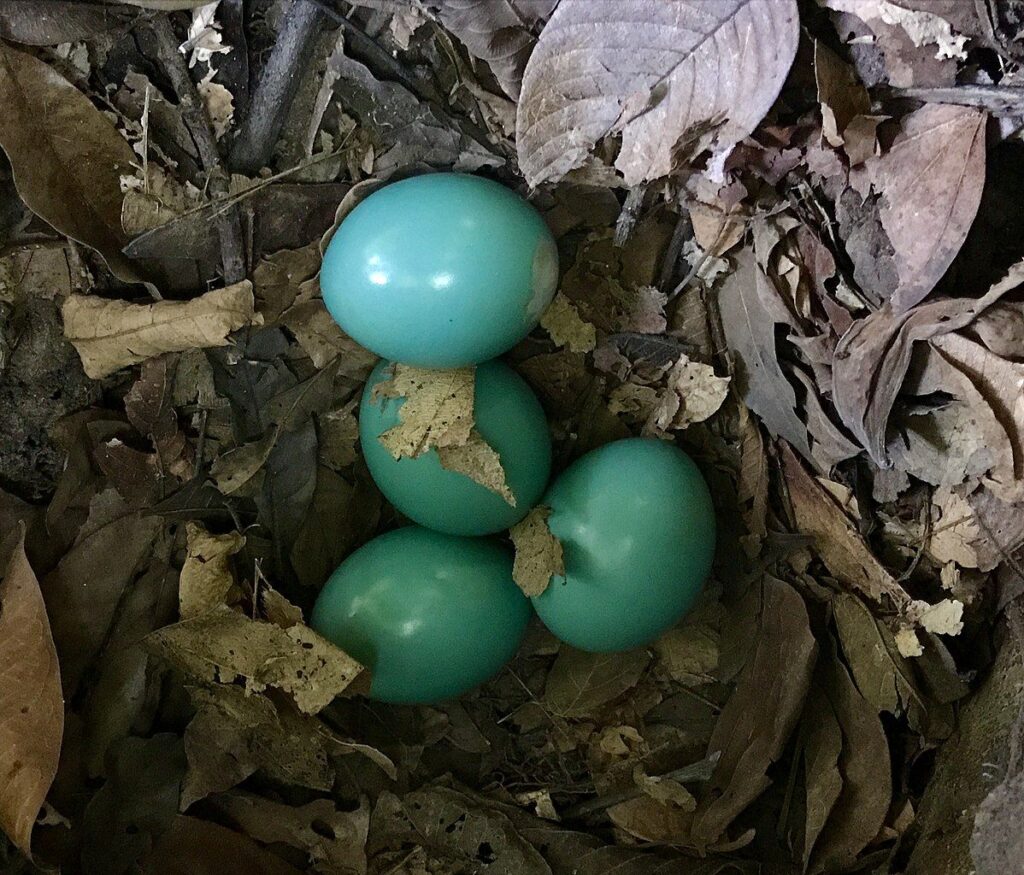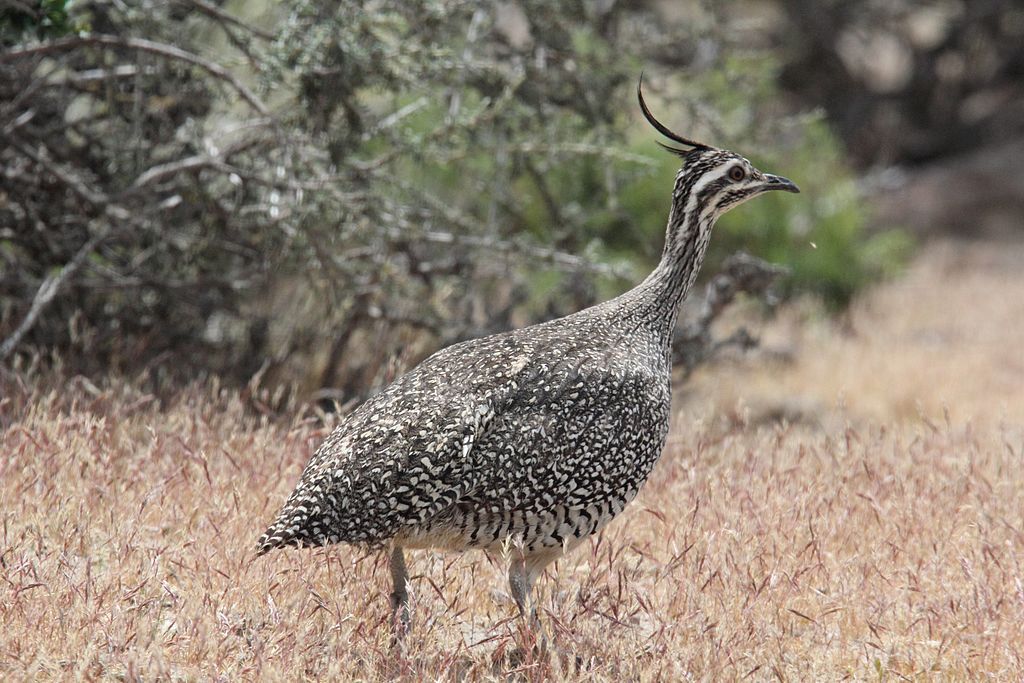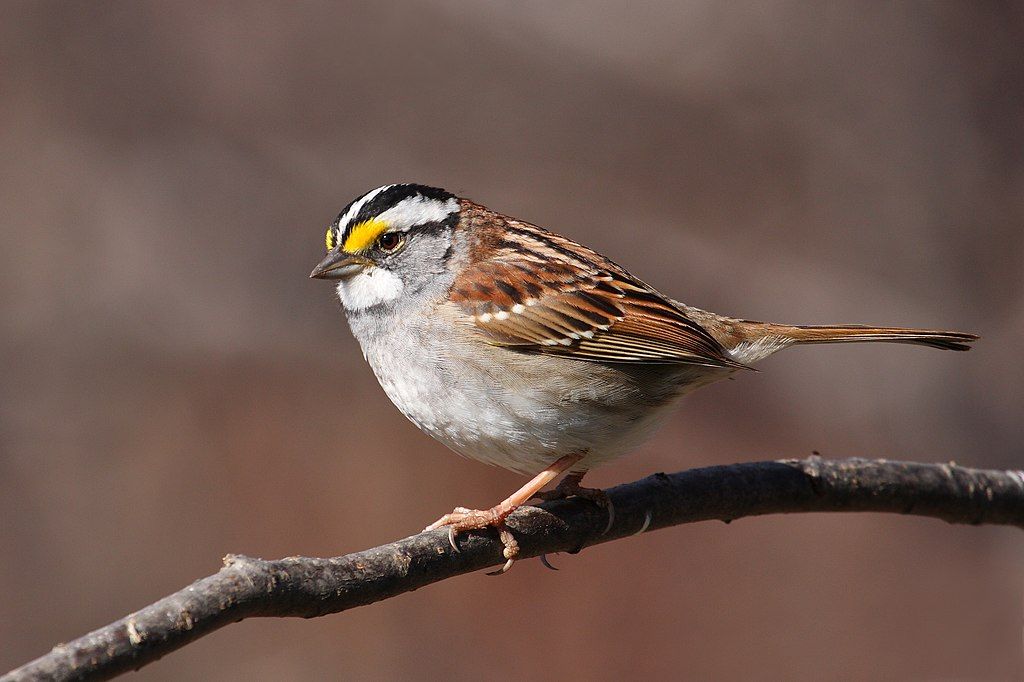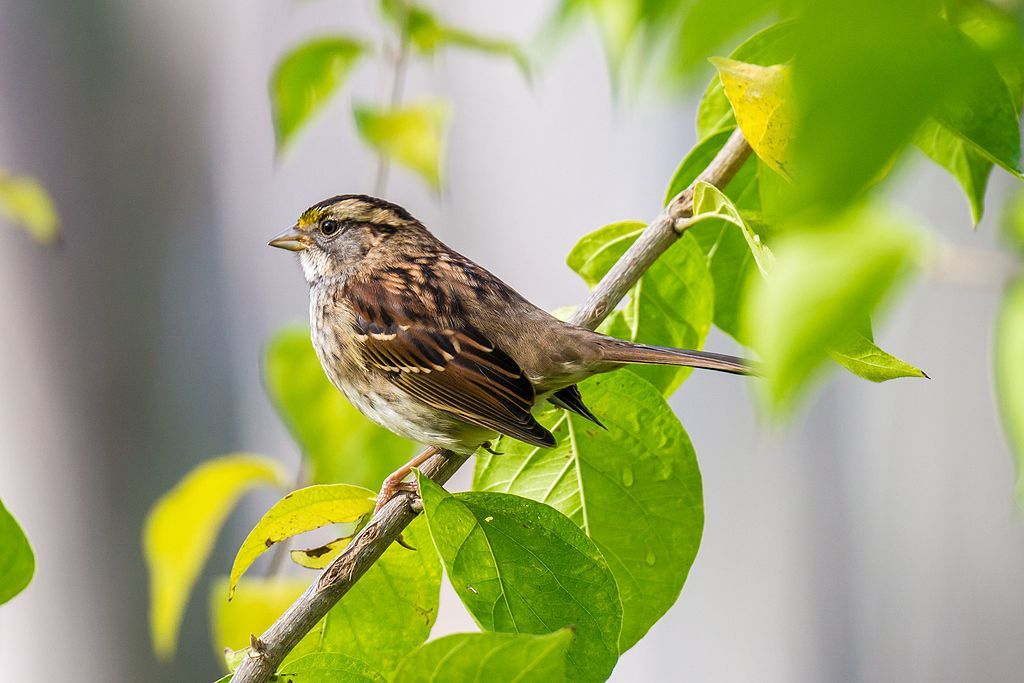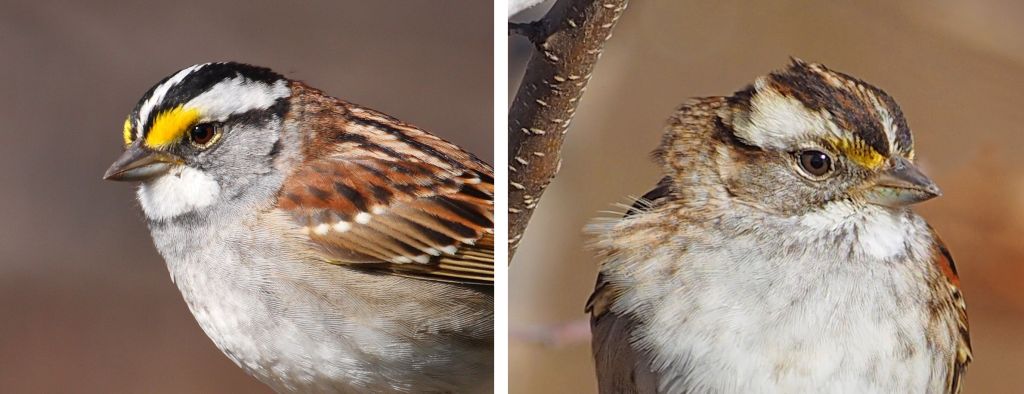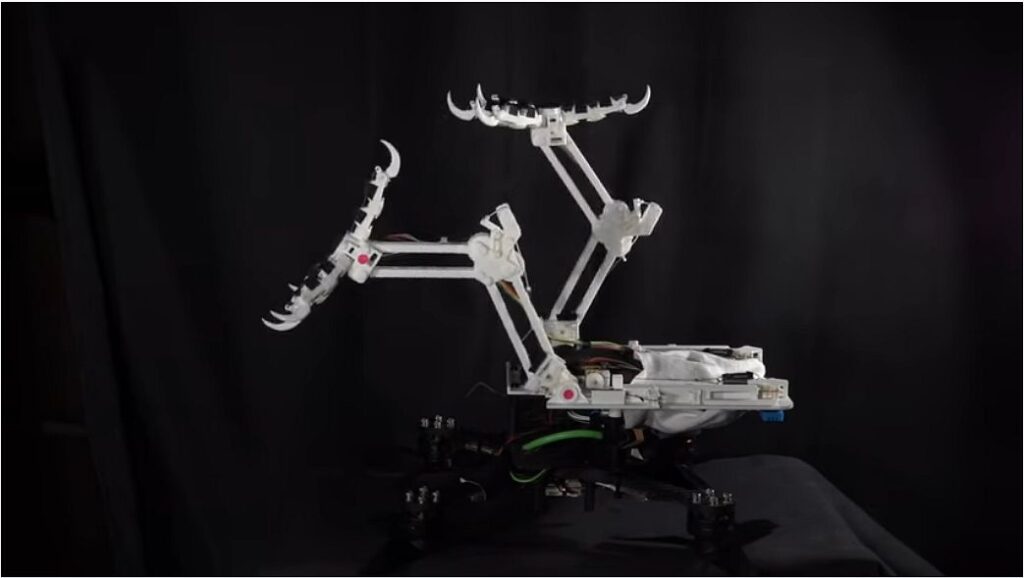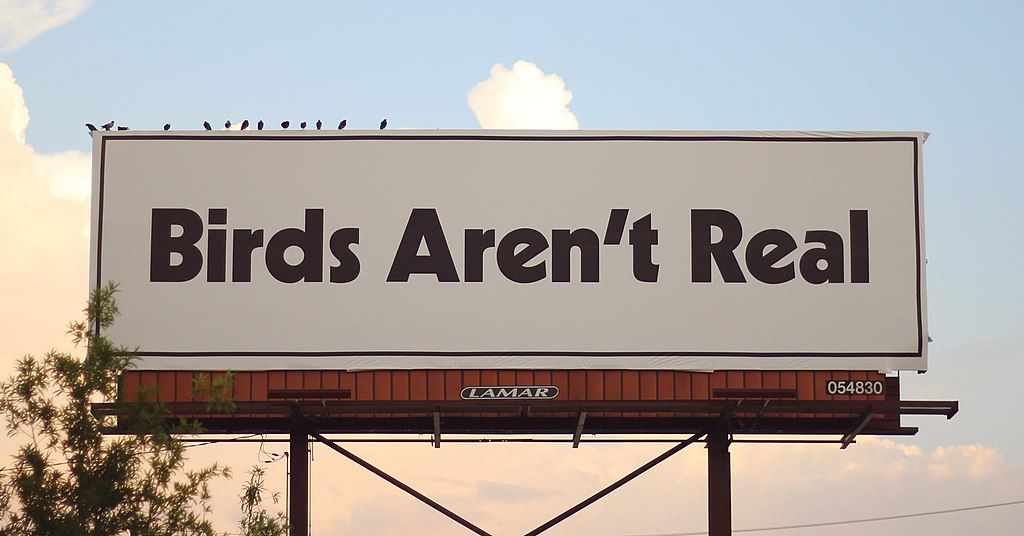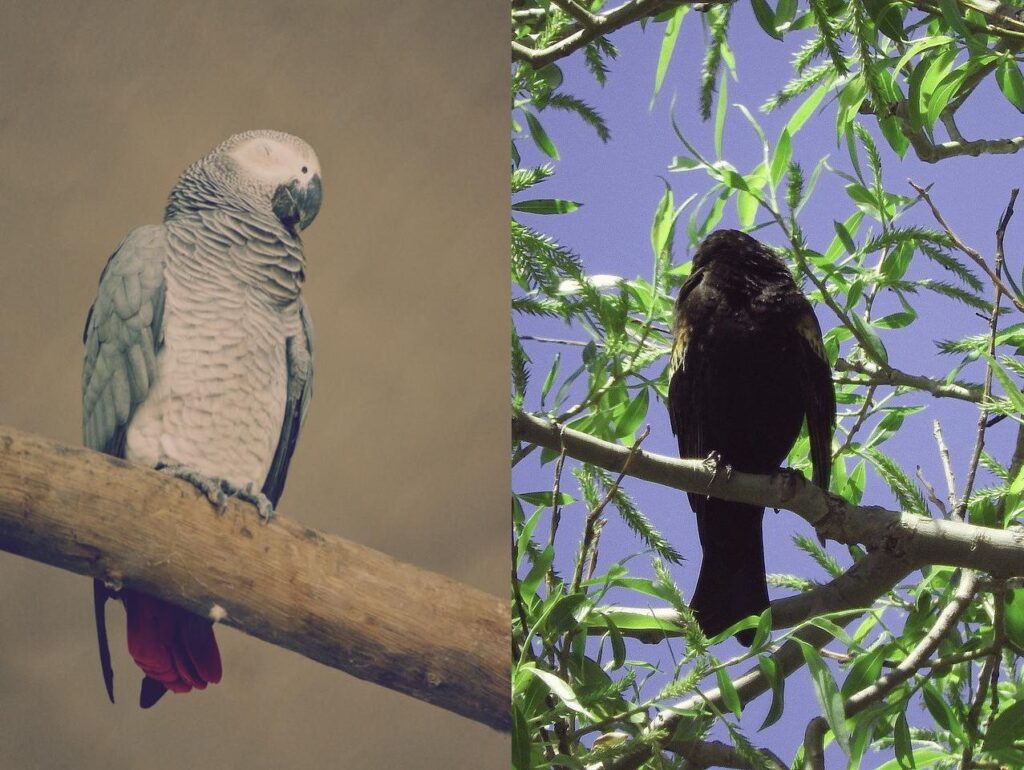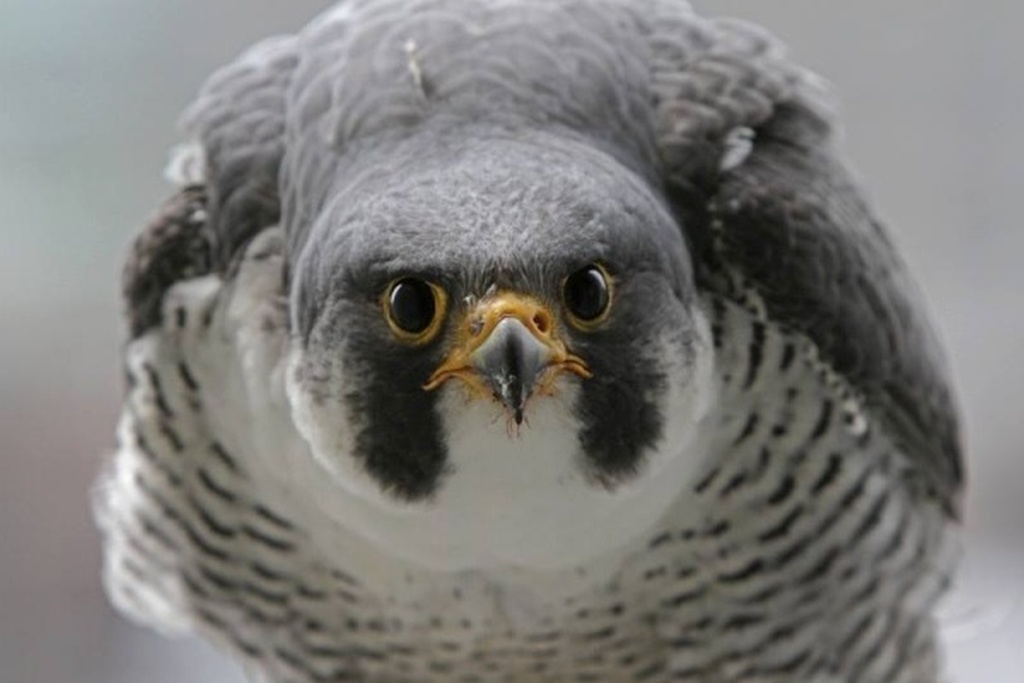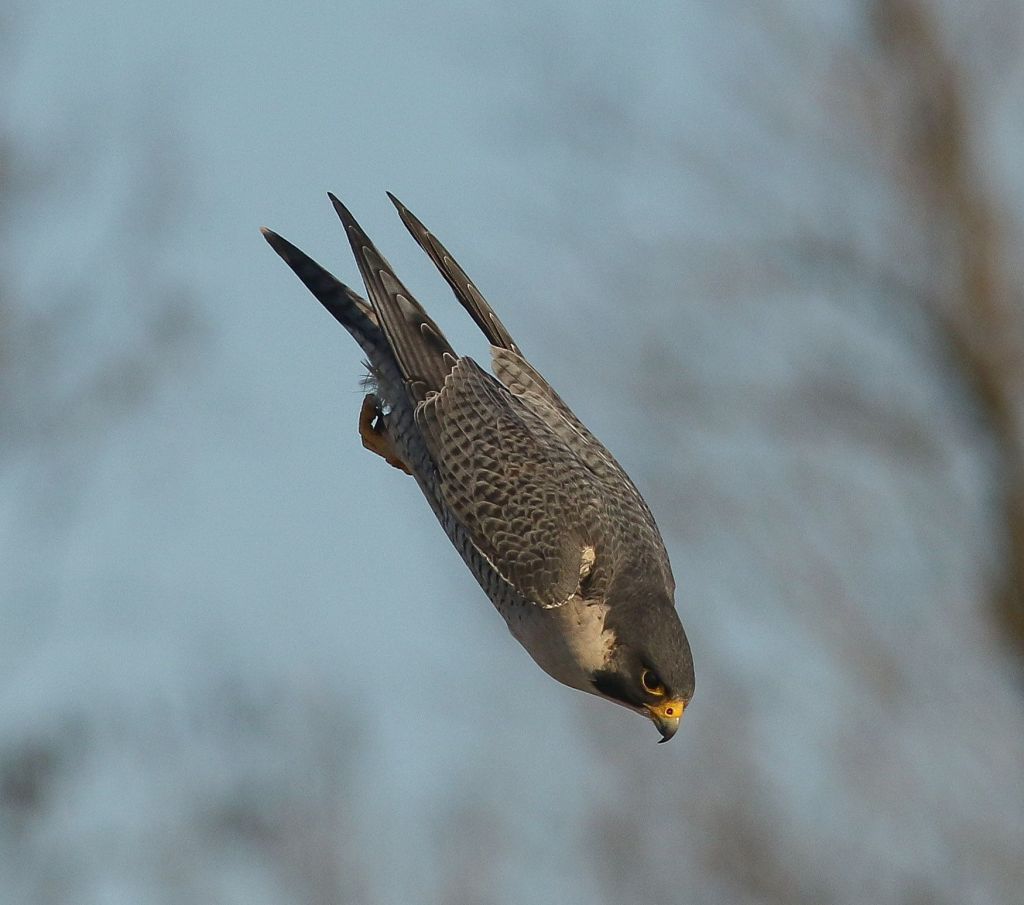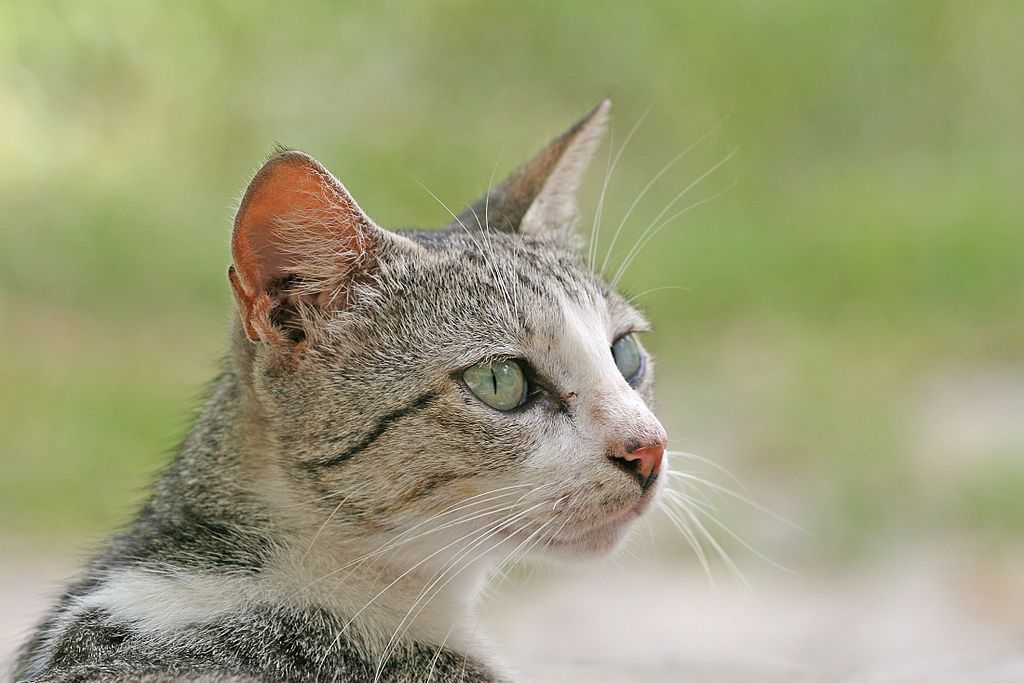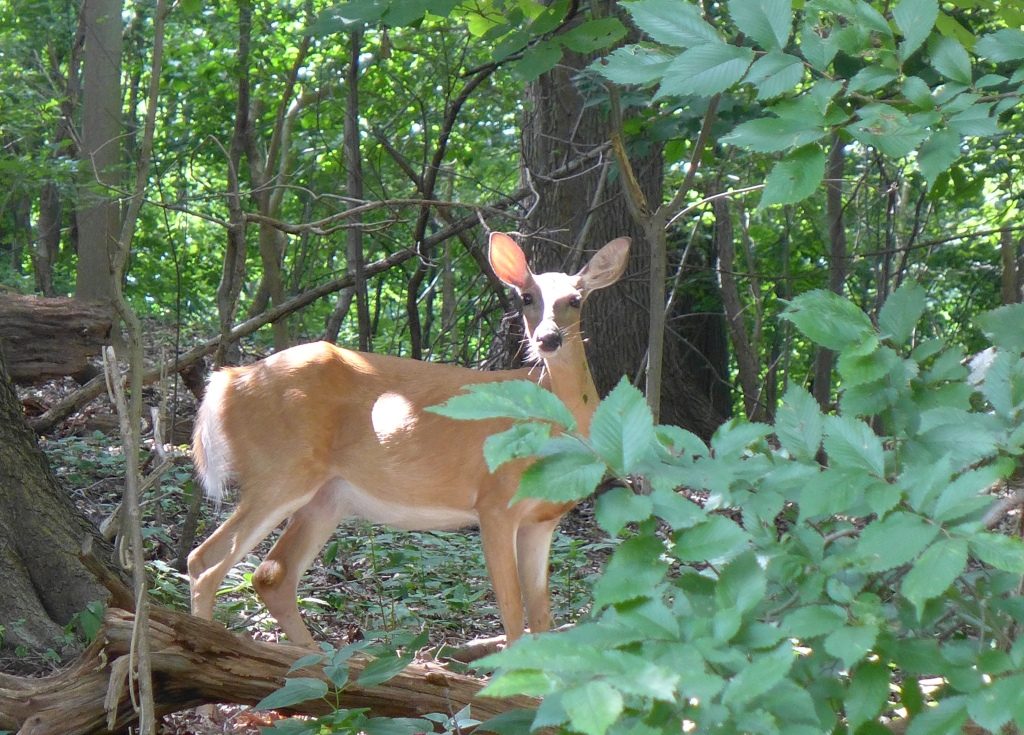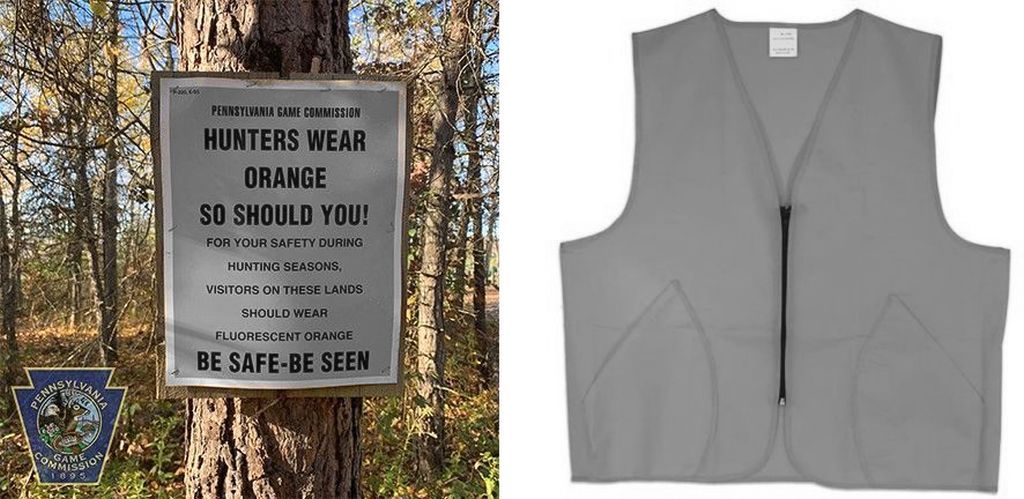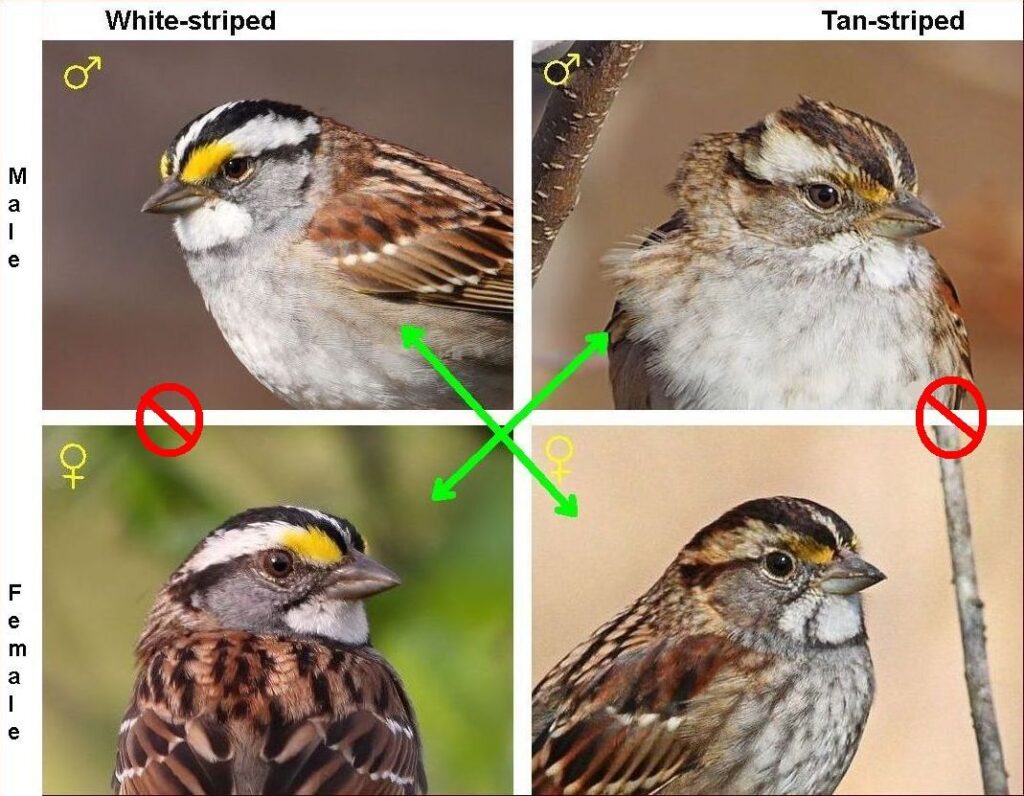
8 January 2023
White-throated sparrows (Zonotrichia albicollis) come in two color morphs with either white-striped or tan-striped heads. The color tells us nothing about the sex of the bird because both morphs contain males and females. Last week a new article about a 2016 study reiterated the white-throated sparrow’s affinity for mating with the opposite color morph. It’s deeper than just a preference. These birds cannot reproduce with their own color.
Thirty years of research by Elaina Tuttle and Rusty Gonser into the genetics and behavior of white-throated sparrows revealed a mutation in chromosome 2 that makes it impossible for same-color-morph birds to reproduce. The birds seem to know this and only look for mates among birds of the opposite color. Instead of half the population as possible mates, fellow researcher Christopher Balakrishnan points out that “One individual can only mate with one-quarter of the population. This bird acts like it has four sexes.”
- White-stripe Male
- Tan-stripe Male
- White-stripe Female
- Tan-stripe Female
A system of four sexes is quite rare and there’s a reason. As Balakrishnan says, “it is evolutionarily unstable and one of these alleles will ultimately go extinct.”
White-throated sparrows have declined 69% in the U.S. over the past 50 years and overall (including Canada) by 33%. Are they declining because of habitat loss? window kills? Is their four-sex system also taking a toll? If so they’re probably the only species with that challenge.
Read more in these two articles where I obtained the quotes above: IFLScience: Meet The Sparrow With Four Sexes and NATURE: The sparrow with four sexes.
(four photos above are from Wikimedia Commons at these links: top left, top right, bottom left, bottom right)
